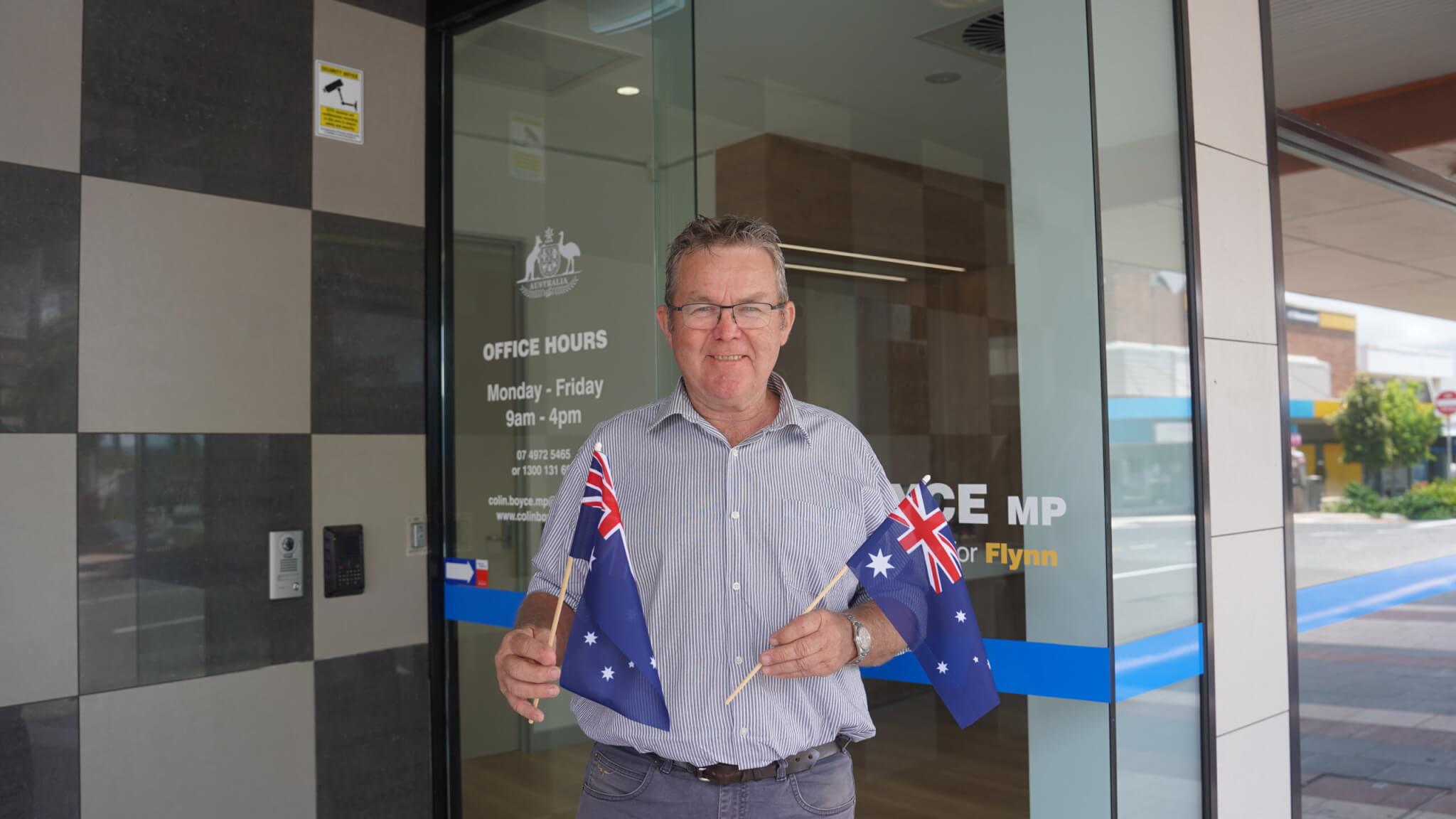
Dr Justin Turner
In Australia, opioid use is common, with approximately 13.3 million opioid prescriptions dispensed to provide pain relief for almost 3 million people between 2021-22. With opioids being so widely prescribed, it’s not surprising that in 2022 they were the most common drug class identified in toxicology for drug-induced deaths according to the Australian Bureau of Statistics.
Although widely used, there is limited evidence to support the effectiveness of long-term opioid use for pain management. For example, a recent Australian study found that patients with acute low back or neck pain (lasting up to 12 weeks) reported no difference in pain or physical function when randomised to opioids or placebo. Statistics like this have caused some to question whether opioids have been over-prescribed in Australia, with the health risks more often than not outweighing the benefits.
It should also be noted that in Australia, deaths and hospitalisations due to opioid poisoning are far more common from legally prescribed opioids such as codeine and oxycodone than illegal opioids such as heroin. The majority of opioid-related deaths are unintentional overdoses from prescription medication.
Over in the US, the opioid epidemic has been phenomenal with more than 90 Americans dying by opioid overdose every day, on average and those affected are most likely to be young and middle aged adults. The scale of America’s opioid abuse problem has been partly attributed to tactics by pharmaceutical companies, which has been brought into focus in pop-culture with dramatisation in recent shows like Dopesick, Pain Killer and Pain Hustlers.
America’s opioid crisis is one of the most significant public health catastrophes of our time, and Australia has made concerted efforts to avoid this level of detrimental damage.
Overseas, governments launched different strategies to reduce opioid use, however many proved ineffective whereas others led to harm because of abrupt opioid cessation. Closer to home, the Australian Government and Therapeutic Goods Administration have rolled out several initiatives aimed at reducing the amount of inappropriate prescription opioids in the community. The evidence from these interventions is mixed. A recent study led by the UNSW Sydney showed small changes in Pharmaceutical Benefits Scheme subsidised opioid use, while another Monash-led study found Australian prescription drug monitoring programs did not appear to reduce prescribing of high opioid doses. These studies show that restricting supply alone will not fix the problem.
One new approach has been the release of the first international opioid deprescribing guideline for health professionals. While studies looking at the guideline’s impact are not complete yet, this guideline is a critical step toward helping healthcare providers and patients create a personalised plan to help people safely taper off opioids.
Although the Australian government has taken many steps in the right direction, Australia’s opioid problem still exists and is resulting in far too many adverse health outcomes and unnecessary deaths.
The need for more evidence-based interventions is still a pressing one.
Knowing that many patients with chronic pain will experience improvement in quality of life and function following opioid tapering, but hindered by the absence of high-certainty evidence to support specific policy interventions, decision-makers around the world have often grappled with how to proceed.
At Monash University, a small team of us have published a new study conducted in collaboration with the Manitoba Government Department of Health, Canada. The study investigated how a direct-to-patient educational approach might connect with people who regularly fill prescriptions for opioid medications (for over 12 weeks). The trial not only reduced opioid use, but subsequent analysis also showed a significant drop in mortality from all causes among brochure recipients.
We sent the educational brochure to 4,225 long-term prescription opioid users, excluding those receiving palliative care, a cancer diagnosis and people living with dementia. The brochure contained key facts to get people to reconsider how much they knew about opioids. Facts like the number of people dying from opioid overdoses surpassed deaths from car crashes caused people to reconsider their safety. It also outlined safer evidence-based pain management strategies that people can use to replace opioids.
Although the trial was conducted in Canada, the comparison between Australia and Canada is natural because of their similar demographic profiles and healthcare systems. Taking this into account, we would encourage the Australian government to consider implementing and evaluating this direct-to-patient educational approach and empower Australians to make informed decisions about their opioid use.
Interestingly, the intervention was particularly effective for males, those aged under 65, or those living in urban areas. This possibly reflects the demographics of people in Manitoba who, as a result of receiving the brochure, sought assistance from their healthcare professionals and were able to access supportive treatments such as physiotherapy or exercise classes. Australia can learn from this by ensuring all Australians have access to evidence-based treatment options other than opioids, no matter how old they are or where they live.
It’s important to note that the aim of the study was not to stop everyone from taking opioids but rather to spark conversation between patients and healthcare professionals about an individual’s pain management strategy. For some, using opioids at their lowest effective dose is an appropriate choice, however, for many, pain management without opioids is possible. While Australia’s restrictions have been mostly positive in their impact, the struggle of some people living with chronic pain has sparked calls to address “the crisis of misuse versus appropriate use.”
Instead, we want to reach those where opioids are not providing adequate pain relief, or the adverse effects outweigh the benefits, and provide them with better ways of managing their pain.
This balancing act needs to be considered at the individual level, but with opioids found to be present in around 60 percent of Australia’s drug-induced deaths, ongoing public education should be at the forefront of Australia’s strategy to ensure patients receive the best treatments to manage pain, while making sure the opioid harm seen in the US does not happen here.








